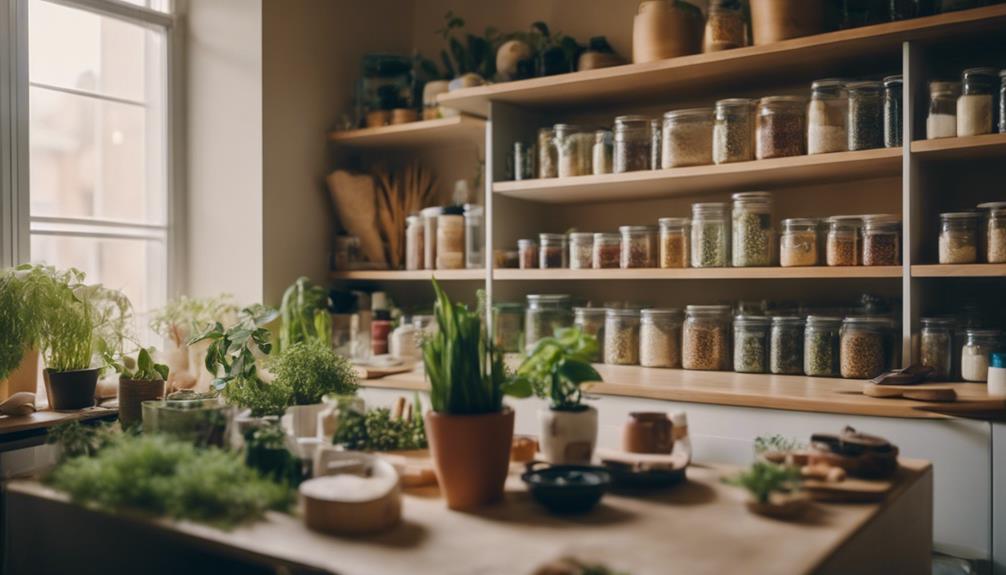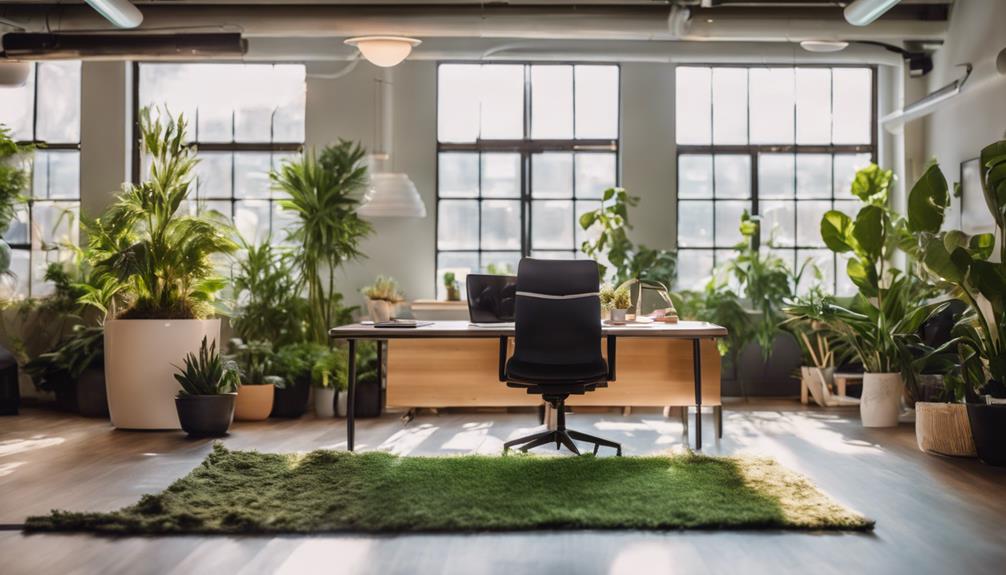Mastering apartment readiness involves being proactive about ensuring your safety and a quick recovery during emergencies. You can start by putting together a well-equipped emergency kit that fits your specific needs, including first aid supplies and non-perishable food. Additionally, create go bags for easy access during evacuations, and make sure your living space is secure with smoke detectors and anchored furniture. Don’t overlook your health – review your insurance coverage and learn basic first aid. Get your neighbors involved in emergency preparedness efforts to strengthen collective safety. This is just the beginning, as there are more useful tips available to help you be fully prepared for any situation.
Key Takeaways
- Assemble an emergency kit tailored to your household's unique needs, including medical supplies and essential tools.
- Store non-perishable food and water, ensuring at least 2,000 calories and one gallon of water per person daily.
- Create go bags with essentials for quick evacuation, ensuring they are easily accessible and regularly updated.
- Implement safety modifications in your apartment, such as securing furniture and installing smoke detectors and fire extinguishers.
Importance of Apartment Preparedness

Being prepared in your apartment is essential, as it guarantees your safety and quick recovery during emergencies that can arise unexpectedly.
When you take the time to prepare, you reduce stress and enhance your ability to respond effectively.
Statistics show that over 60% of people lack an emergency plan, leaving them vulnerable.
By having a strategy in place, you can greatly increase your chances of a swift recovery.
Furthermore, with 75% of Americans living in disaster-prone areas, being proactive can save lives and minimize property loss.
Understanding the importance of apartment preparedness assures you're ready for anything, allowing you to face challenges with confidence and protect yourself and your loved ones during difficult times.
Assembling Your Emergency Kit
Assembling your emergency kit is a crucial step in ensuring you're prepared for unexpected situations and can respond effectively when disaster strikes.
Start by considering your household's unique needs, including any medical requirements or special items for children. Your kit should include essential supplies like a flashlight, batteries, a first-aid kit, and important documents in waterproof containers.
Don't forget to include multipurpose tools that can serve several functions. Regularly check and update your kit to reflect changes, ensuring it remains relevant and complete.
Create a checklist of essential items and replenish it as needed. This proactive approach will help you stay ready for any emergency, giving you peace of mind when it matters most.
Food and Water Storage Tips
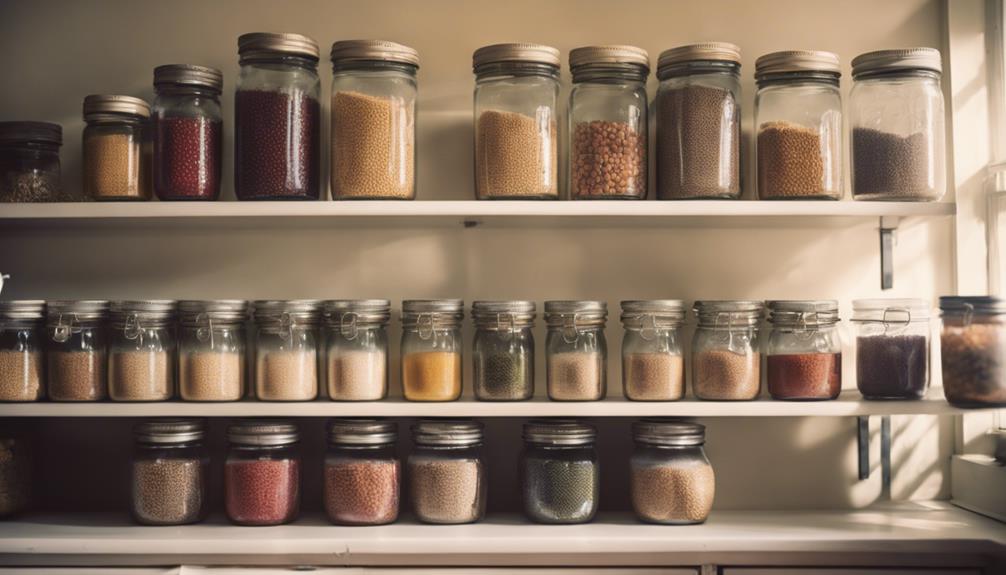
To guarantee you're ready for emergencies, store an adequate supply of food and water that meets your household's needs.
Start by calculating your requirements—aim for at least 2,000 calories per person per day and one gallon of water daily.
Here are some essential tips for effective storage:
- Choose non-perishable foods like canned goods, dried fruits, and whole grains.
- Use collapsible water bladders to save space and keep water fresh.
Regularly check expiration dates and rotate your supplies to ascertain freshness.
With proper planning, you'll feel more secure knowing your food and water are ready when you need them most.
Creating Go Bags for Evacuations
Preparing for potential evacuations requires creating a Go Bag that contains all the necessary supplies you'll need to stay safe and comfortable on the move.
Start with a sturdy backpack to hold your items, making certain it's easily accessible near your front door. Pack essentials like water, non-perishable snacks, a flashlight, batteries, and a first-aid kit.
Include a warm blanket or sleeping bag for shelter, and don't forget important documents stored in waterproof containers. Tailor your bag to your specific needs, adding items like medications or pet supplies if necessary.
Regularly check and update the contents to guarantee everything stays fresh and functional. Being prepared boosts your confidence and helps you react quickly when emergencies arise.
Health Preparedness and Insurance
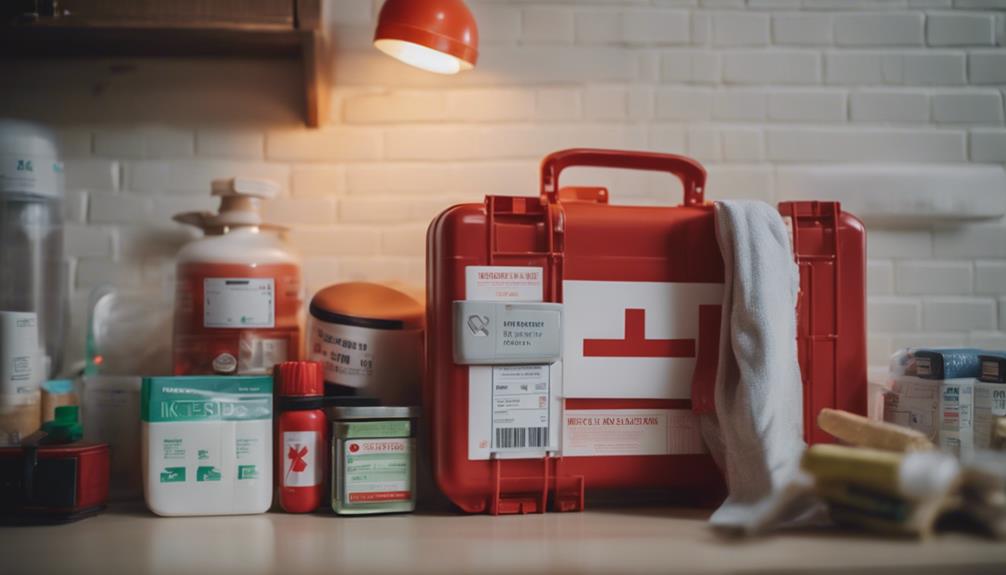
Understanding your health insurance options is essential for ensuring you're covered during emergencies, especially when unexpected medical needs arise. Take the time to evaluate your plan, so you know what to expect when the unexpected happens.
Here are a few key points to contemplate:
- Review your coverage options during open enrollment to find the best fit for your needs.
- Establish a relationship with an in-network doctor to facilitate quicker access to care in emergencies.
Apartment Safety Modifications
Making essential safety modifications in your apartment can greatly reduce risks during emergencies and enhance your overall preparedness.
Start by securing heavy furniture, like bookshelves and cabinets, to the walls to prevent tipping during earthquakes or high winds.
Install smoke detectors in key areas and check the batteries regularly.
Consider adding a fire extinguisher in the kitchen and near any heat sources.
Create clear escape routes by keeping hallways and exits unobstructed.
You might also want to invest in window locks and security systems for added protection.
Finally, develop a communication plan with your family or roommates, ensuring everyone knows where to meet and how to stay informed during emergencies.
These modifications can considerably improve your apartment's safety.
Community Preparedness Initiatives
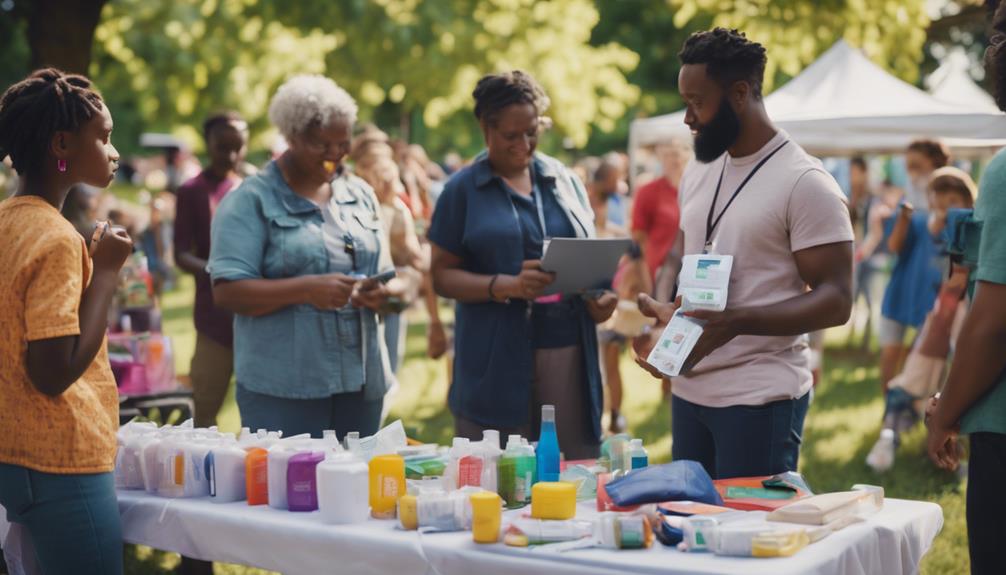
How can communities enhance their resilience and readiness for emergencies through collaborative preparedness initiatives?
By working together, you can create a stronger support system that benefits everyone. Here are some effective strategies:
- Host community drills to practice emergency response, ensuring everyone knows their roles.
- Establish a neighborhood watch to promote safety and communication, helping to identify vulnerabilities.
Resources for Ongoing Education
To build a resilient community, access to ongoing education about disaster preparedness is essential for everyone involved.
Utilize resources like FEMA's thorough guides and your local government websites for disaster planning. Online tools and mobile apps can help you create personalized emergency plans and send alerts for weather emergencies.
Attend workshops, seminars, and online courses to stay updated on new threats and preparedness strategies. Sharing experiences with neighbors enhances collective knowledge and fosters a supportive environment.
Regularly review and update your plans to stay ready for future emergencies. Remember, continuous learning not only empowers you but also strengthens your community's overall preparedness and resilience.
Stay informed, stay prepared, and make a difference in your apartment community.
Conclusion
As you stand at the threshold of your apartment, the weight of uncertainty looms heavy.
But with every preparation you've made, from assembling your emergency kit to forging connections with neighbors, you're not just ready—you're empowered.
The storm may come, the unexpected may strike, but your sanctuary of safety stands strong.
Will you embrace the challenge and transform your space into a bastion of resilience?
The choice is yours, and the time to act is now.
